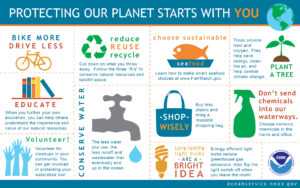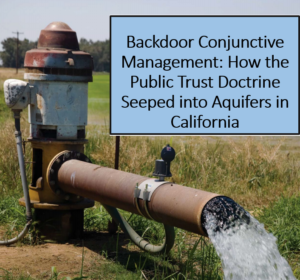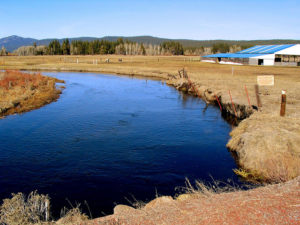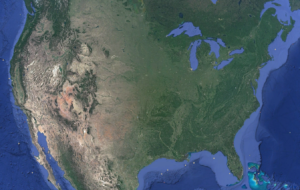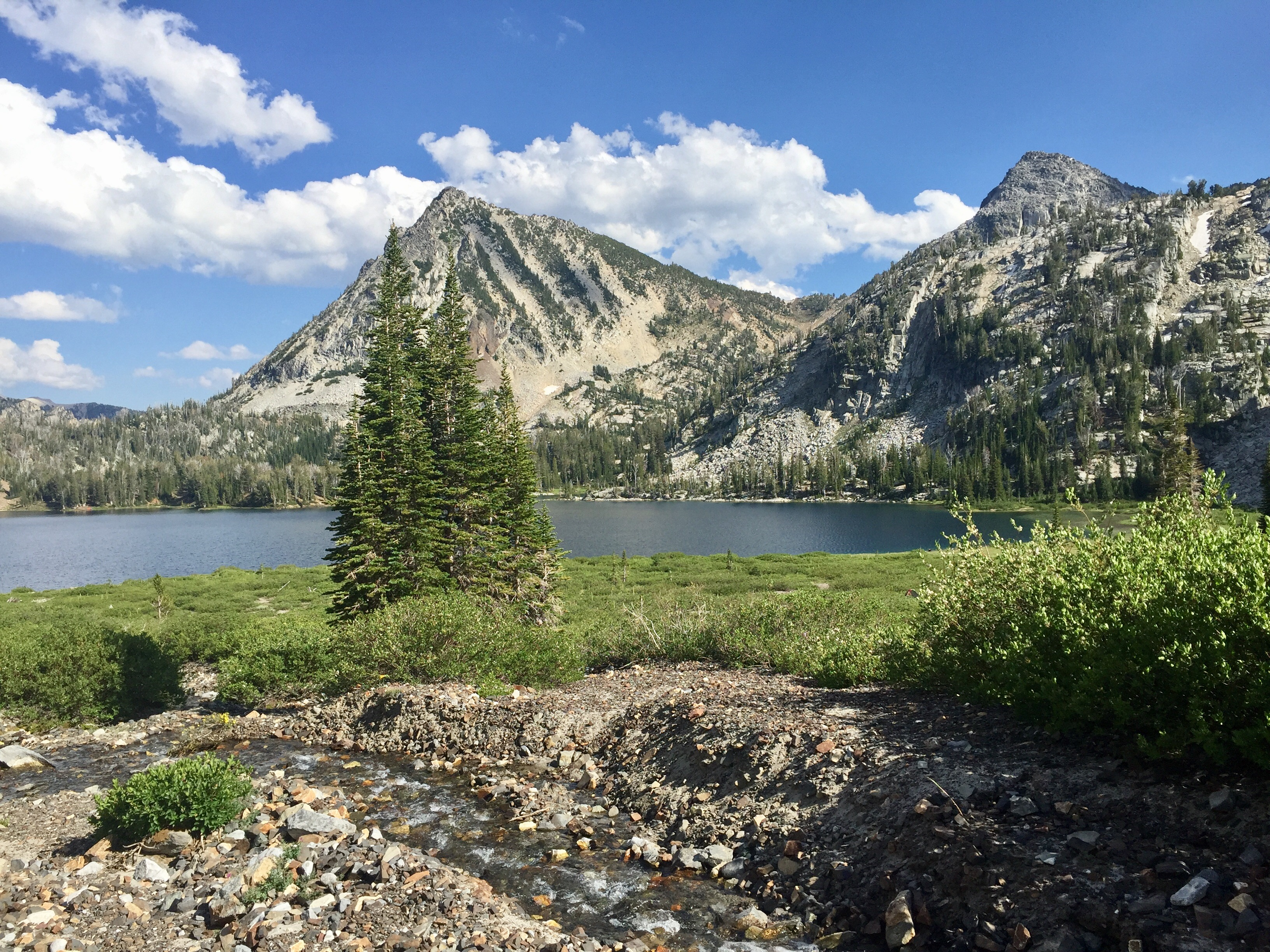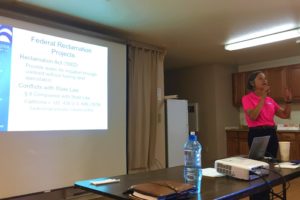Earth Day 2020: 50 Years of Environmental Awareness

April 22, 2020 is the 50th anniversary of the first Earth Day, a global holiday that unites citizens of the Earth to take better care of our planet.
Earth Day was initially proposed by Wisconsin Senator Gaylord Nelson as a way to bring awareness to ongoing ecological issues and concerns. It took place on April 22, 1970 with a series of “teach-ins” on college campuses across America. It then gained national attention and momentum. The first Earth Day inspired the creation of the Environmental Protection Agency (EPA). It also lead to the passage of the Clean Air and Clean Water Acts along with numerous other environmental laws and regulations.
The next Earth Day did not take place until April 22, 1990. Numerous corporations and celebrities endorsed the holiday, and over 200 million people worldwide came together to celebrate. Now Earth Day is an annual event observed around the world. It continues to inspire rallies, cleanup projects, and volunteer efforts. It also provides an opportunity to bring awareness to ongoing and ever-evolving environmental issues like climate change, pollution, and deforestation.
Earth Day is often celebrated outdoors in large groups. Community members gather to perform services such as picking up litter or planting trees. Many others participate in marches or protests about ways we can minimize our impact on the planet and improve global environmental health. However, given the ongoing COVID-19 pandemic and need for social distancing, Earth Day 2020 is a little different. The majority of events are taking place online rather than outside. Still, there are plenty of ways to celebrate.
While outdoor community gatherings are largely cancelled this year, countless digital resources and events are taking place to make the 50th anniversary memorable and impactful. Earth Day’s official website has an interactive map with links to events happening virtually all around the United States and the globe. This means you can participate in events in your community, on the other side of the country, or anywhere on the planet!
Of course, April 22nd isn’t the only day to celebrate the Earth. The National Ocean Service has a list of 10 simple things you can do every day to protect and improve our planet in the short- and long-term. These steps are also laid out in their handy infographic below.
At Schroeder Law Offices, we try to celebrate Earth Day every day. To learn more about what we do and about all things water, check out our Schroeder Law Offices blog!
